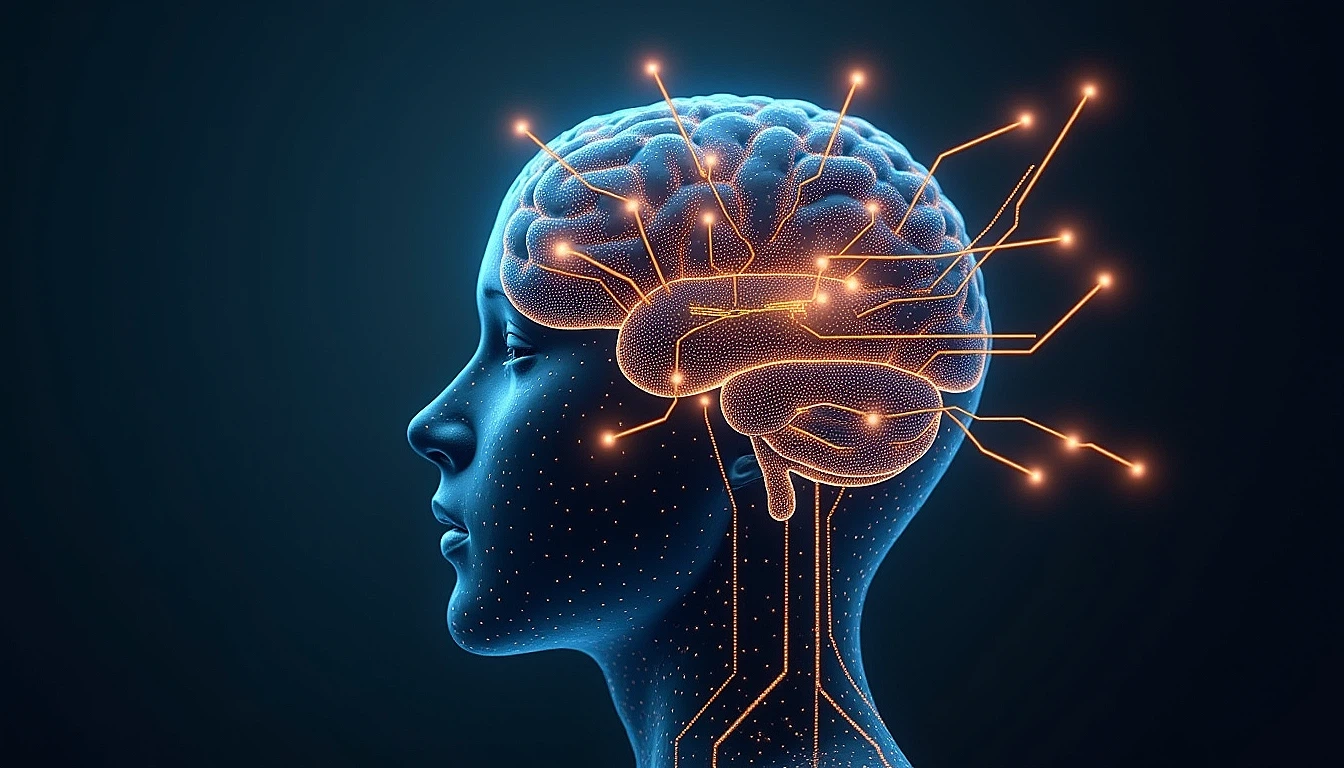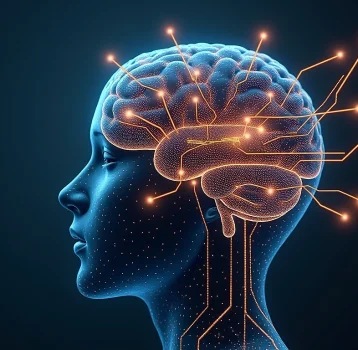Introduction
As we stand on the cusp of a new decade, the world of artificial intelligence (AI) continues to evolve at an astonishing pace. From self-driving cars and virtual assistants to advanced robotics and predictive analytics, AI has become a ubiquitous presence in our daily lives. But as we look ahead to 2025, some truly groundbreaking developments are on the horizon that will reshape not only technology but society itself. In this article, we’ll explore the top AI trends to watch over the next four years and delve into the fascinating world of artificial general intelligence (AGI).
The Rise of Artificial General Intelligence
At its core, artificial general intelligence refers to the development of AI systems that possess human-like cognitive abilities across a wide range of domains. AGI can understand, learn, and apply knowledge in diverse contexts, much like how humans do. As we head into 2025, significant progress is expected in advancing towards this lofty goal. Advances in deep learning techniques such as transformers and reinforcement learning will enable AI to process complex data and make decisions more effectively. Furthermore, the integration of different AI disciplines, including natural language processing, computer vision, and robotics, will create more holistic and adaptable systems.
The potential implications of AGI are immense and far-reaching. From revolutionizing scientific discovery and medicine to addressing global challenges like climate change and poverty, AGI could unlock new frontiers in problem-solving and innovation. However, it also raises profound questions about the nature of intelligence, consciousness, and the future of work. As we grapple with these existential issues, it’s crucial that we approach AGI development responsibly, with a focus on safety, ethics, and human-centered design.
The Convergence of AI and Virtual Reality
Virtual reality (VR) has come a long way since its early days as a niche technology for gamers. As the hardware becomes more accessible and powerful, VR is poised to merge seamlessly with artificial intelligence in exciting new ways. One of the most anticipated developments in this area is the emergence of “AI-driven virtual worlds” – immersive digital environments where AI agents interact with human users in realistic and dynamic scenarios.
Imagine a future where you can step into a virtual lab and collaborate with AI scientists on groundbreaking research, or engage in realistic simulations to train for high-stakes real-world situations. The convergence of VR and AI will enable us to create more compelling and impactful experiences across education, training, entertainment, and beyond. As we move towards 2025, expect to see major advancements in the development of AI-driven VR platforms from leading tech companies like Facebook (now Meta) and Apple.
The Evolution of Natural Language Processing
Natural language processing (NLP) has been a critical area of focus for AI researchers over the past decade. As we approach 2025, NLP is set to undergo a significant evolution with the development of more advanced, human-like conversational agents and text generation capabilities. Large language models like GPT-3 have already demonstrated remarkable proficiency in generating coherent and contextually relevant text across a wide range of domains.
As these models scale up in size and sophistication, they will enable AI to engage in more nuanced conversations, write original content, and even assist with creative tasks traditionally reserved for human artists. The implications are vast – from revolutionizing customer service and support to enabling new forms of storytelling and digital communication. However, the rise of advanced NLP also raises important ethical considerations around misinformation, privacy, and the potential for AI-generated content to be used in deceptive or malicious ways.
The Integration of AI into Everyday Devices and Appliances
As AI continues to become more accessible and affordable, it will increasingly find its way into everyday devices and appliances that we use in our homes, workplaces, and public spaces. Smart speakers like Amazon Echo and Google Home have already laid the groundwork for voice-activated AI assistants, but as we head towards 2025, expect to see AI integrated into a much wider range of products.
From smart refrigerators that automatically order groceries based on inventory levels to autonomous delivery robots navigating city streets, AI will become an invisible yet integral part of our physical world. The IoT (Internet of Things) revolution will accelerate as more devices come online and begin communicating with each other through AI-driven networks. This integration promises significant convenience, efficiency, and new experiences – but it also raises critical questions about data privacy, security, and the potential for AI to be exploited in unintended ways.

The Future of Work in an Age of AI
As AI continues to advance, its impact on the world of work will only become more pronounced. In 2025, we can expect a transformed landscape where many repetitive, predictable tasks are handled by AI and machines, freeing up human workers for more creative, strategic, and interpersonal roles. While this may initially lead to job displacement in some sectors, it also creates new opportunities for growth and innovation.
The rise of “AI-first” companies that build intelligence into their products and services from the ground up will drive much of this change. But traditional businesses will need to adapt as well, investing in AI technologies and skills to stay competitive. As we navigate this transition, it’s crucial that we prioritize reskilling and upskilling workers, providing them with the tools and training they need to thrive in an AI-driven economy.
Conclusion
As we look ahead to 2025 and beyond, the future of artificial intelligence is more exciting than ever. From the groundbreaking potential of artificial general intelligence to the convergence of AI and virtual reality, the next four years will bring a series of transformative developments that will reshape our world in profound ways.
But as we embrace these changes, it’s essential that we do so with eyes wide open, grappling with the complex ethical, social, and economic implications they raise. By approaching AI development responsibly, fostering human-centered design, and investing in a just transition for workers, we can ensure that the promise of artificial intelligence is one that benefits all of humanity.

